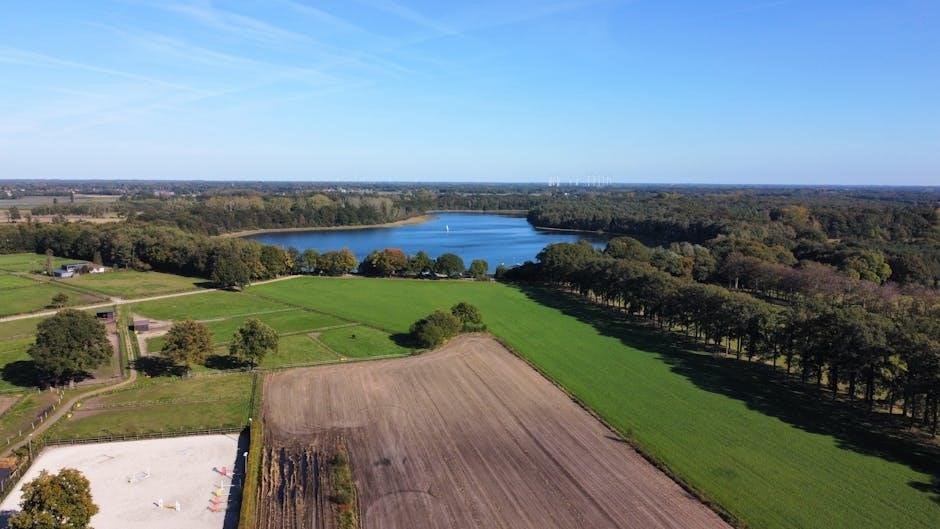
Written by John McCrae in 1915, In Flanders Fields is a poignant tribute to soldiers who died in World War I, inspired by the Battle of Ypres.
1.1 Overview of the Poem
Written in 1915 by John McCrae, In Flanders Fields is a powerful expression of grief and remembrance during World War I. The poem reflects on the sacrifices of soldiers who perished in the Second Battle of Ypres, where McCrae served as a physician. Its vivid imagery, including the iconic poppies and crosses, evokes the devastation of war and honors the fallen. The poem’s themes of mortality, duty, and the cost of conflict resonate deeply. Its emotional depth and poetic structure have made it a timeless tribute to those who lost their lives in service. The poppy, a central symbol, has become synonymous with remembrance.
1.2 Significance in WWI Literature
In Flanders Fields holds a profound place in WWI literature, capturing the emotional and psychological impact of the war. Its vivid imagery and haunting metaphors resonate with readers, making it a cornerstone of war poetry. The poem’s ability to convey the horrors of conflict while honoring the fallen has made it a lasting tribute. Its influence extends beyond literature, shaping cultural symbols like the poppy, now a universal emblem of remembrance. McCrae’s work bridges personal grief and collective loss, offering a poignant reflection on the human cost of war. Its enduring relevance ensures its continued study and appreciation in understanding the WWI experience.

Historical Context of the Poem
Written during World War I, the poem reflects the devastating Second Battle of Ypres in 1915, where McCrae witnessed immense loss and burial of comrades.
2.1 Background of World War I
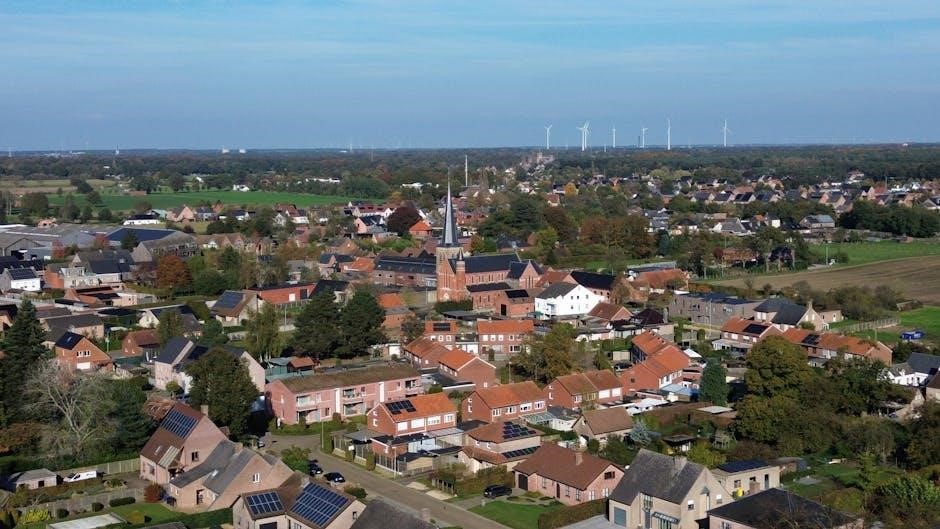
World War I (1914–1918) was a global conflict sparked by the assassination of Archduke Franz Ferdinand, leading to the involvement of major European powers. The war was characterized by trench warfare, massive casualties, and the introduction of new technologies like poison gas and machine guns. The widespread devastation and loss of life deeply impacted soldiers and civilians alike. The poem In Flanders Fields emerged from this context, reflecting the horrors of war and honoring the fallen. The conflict reshaped global politics and societies, leaving a lasting legacy in history and literature, including McCrae’s poignant tribute to the soldiers who perished.
2.2 The Second Battle of Ypres
The Second Battle of Ypres (April–May 1915) was a pivotal event in World War I, marked by the first large-scale use of chemical weapons by Germany. Chlorine gas caused widespread panic and casualties among Allied forces, including Canadian troops stationed in the Ypres Salient. The chaos and devastation deeply impacted soldiers like John McCrae, who witnessed the horrors firsthand. This battle inspired McCrae to write In Flanders Fields, as he mourned the loss of comrades, particularly his friend Alexis Helmer. The poem reflects the tragedy and sacrifice of soldiers during this brutal conflict, becoming a powerful symbol of remembrance and resilience.
2.3 John McCrae’s Role as a Soldier and Physician
John McCrae, a Canadian lieutenant colonel, served as both a soldier and a physician during World War I. As a soldier, he was part of the Canadian Expeditionary Force, witnessing the brutality of war firsthand. His medical expertise as a surgeon and brigade surgeon allowed him to tend to the wounded, offering comfort amidst chaos. These dual roles deeply influenced his writing, particularly In Flanders Fields, which he composed after presiding over the funeral of his friend, Alexis Helmer. McCrae’s unique perspective as both a soldier and a healer shaped the poem’s themes of loss, sacrifice, and remembrance.

Poetic Structure and Devices
The poem follows a lyrical style with a consistent rhyme and meter, enhancing its emotional impact. The ABAB rhyme scheme and iambic tetrameter create a solemn, reflective tone.
3.1 Imagery and Metaphors
The poem is rich in vivid imagery, with the poppies symbolizing remembrance and the blood of fallen soldiers. The crosses represent graves, while the larks embody hope amid chaos. McCrae uses metaphors like “poppies blow” to evoke emotions, linking nature’s beauty to wartime tragedy. The “row on row” of crosses underscores the scale of loss, creating a haunting visual. These elements blend reality and symbolism, making the battlefield’s horrors relatable and profound. The imagery and metaphors deepen the poem’s emotional impact, connecting readers to the sacrifices of war and the enduring spirit of remembrance.
3.2 Rhyme and Meter
The poem follows a lyrical style with a consistent rhyme scheme of ABAB, creating a musical quality that enhances its emotional impact. The meter is primarily iambic tetrameter, with eight syllables per line, contributing to a steady, solemn rhythm. This structure reflects the somber tone of the poem, while the rhyme adds a sense of order and memorability. The use of end rhymes like “row” and “grow” ties the verses together, reinforcing the themes of remembrance and continuity. The rhythmic flow mirrors the steady march of time and the enduring legacy of the fallen soldiers, making the poem both haunting and harmonious. The meter and rhyme underscore the poem’s timeless appeal and its ability to evoke powerful emotions.
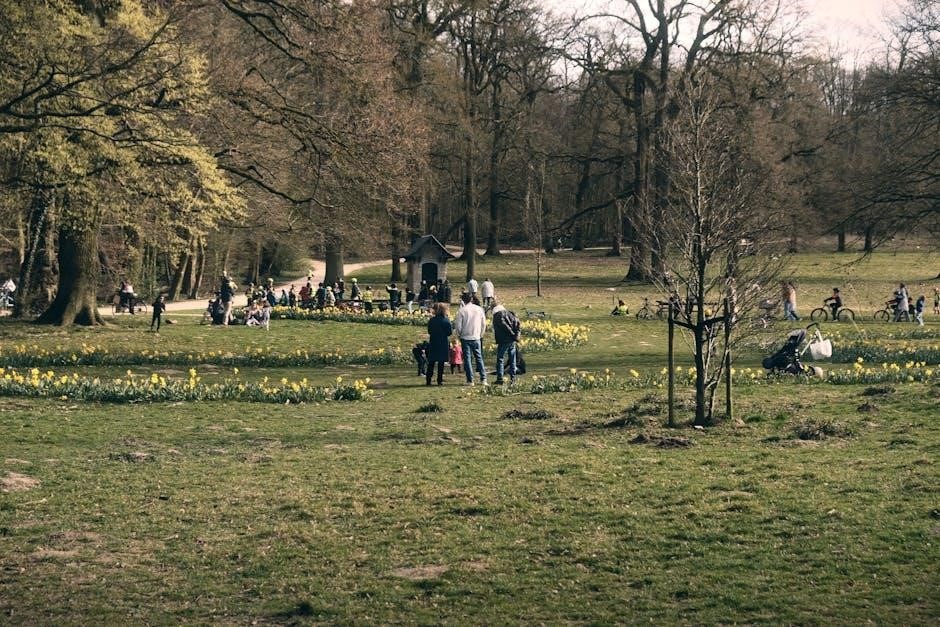
Symbolism in the Poem
The poem is rich in symbolism, with poppies representing remembrance and fallen soldiers, while crosses symbolize graves. The larks embody hope amidst tragedy.
4.1 The Poppy as a Symbol of Remembrance
The poppy, a central symbol in In Flanders Fields, represents remembrance and honor for fallen soldiers. It grows abundantly in Flanders Fields, where many soldiers were buried during WWI.
McCrae’s vivid imagery of poppies swaying among crosses has become a global emblem of sacrifice and commemoration. The poppy’s resilience in war-torn landscapes mirrors the enduring spirit of those who died. Its red color symbolizes bloodshed and loss, while its beauty evokes hope and renewal. Adopted by the British Legion and other nations, the poppy is now a universal symbol of remembrance, worn on anniversaries like Remembrance Day to honor war victims and their legacy.
4.2 The Crosses and the Fallen Soldiers

The crosses in “In Flanders Fields” symbolize the graves of soldiers lost in WWI, representing sacrifice and loss. They stand in “row on row,” a poignant reminder of the many lives lost. The poem honors these soldiers, serving as a tribute to their memory. McCrae’s words evoke a duty to remember and continue their legacy. The crosses highlight the solemnity of the battlefield, now a place of remembrance. The soldiers’ sacrifice endures, inspiring future generations to honor their courage and resilience, ensuring their memory lives on and their impact is never forgotten.
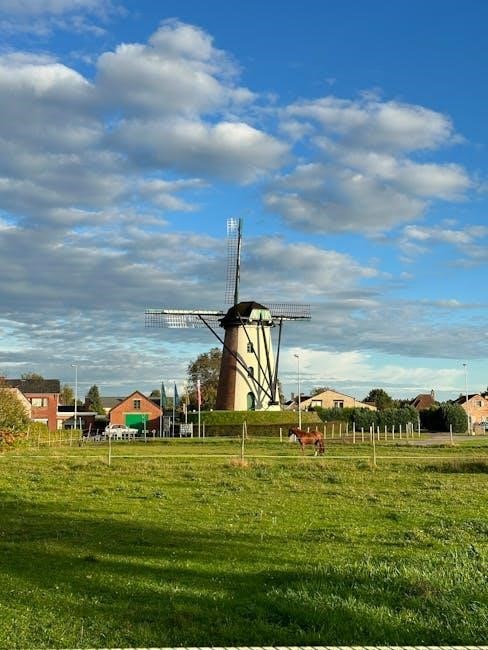
Cultural Impact and Legacy
“In Flanders Fields” is deeply ingrained in Canadian culture, symbolizing sacrifice and remembrance. It is widely recited on Remembrance Day and featured on Canada’s ten-dollar bill.

5.1 The Poem’s Place in Canadian Culture
“In Flanders Fields” holds a revered place in Canadian culture, symbolizing national pride and remembrance. It is featured on Canada’s ten-dollar bill and widely recited on Remembrance Day, reflecting its enduring impact. The poem’s imagery, particularly the poppy, has become a symbol of sacrifice and honor, deeply embedded in Canada’s collective memory. Its influence extends to education, with the poem often studied in schools to teach about World War I and Canadian identity. McCrae’s work has also inspired countless adaptations and tributes, cementing its legacy as a cornerstone of Canadian heritage and a poignant reminder of the nation’s contributions to global peace.
5.2 Use in Remembrance Day Ceremonies
“In Flanders Fields” is prominently featured in Remembrance Day ceremonies worldwide, particularly in Canada and the Commonwealth. The poem’s vivid imagery and emotional resonance make it a cornerstone of commemorative events. During services, the poem is often recited to honor fallen soldiers, while poppies, a central symbol, are distributed to attendees. Schools incorporate the poem into their Remembrance Day programs, teaching students about its historical significance. The recitation of McCrae’s verse creates a shared moment of reflection, bridging past and present. Its use extends beyond Canada, influencing similar ceremonies globally, ensuring the poem’s enduring relevance in honoring wartime sacrifices and fostering collective remembrance.
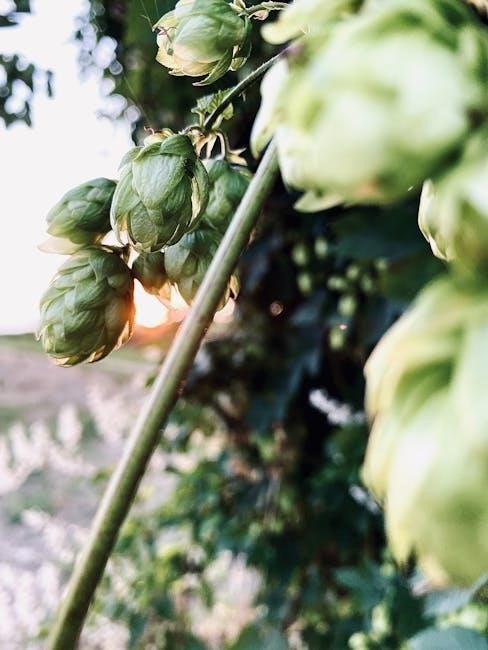
Educational Resources
Study guides and PDF versions of “In Flanders Fields” are widely available online, offering detailed analysis and historical context for educational purposes and deeper understanding of the poem.
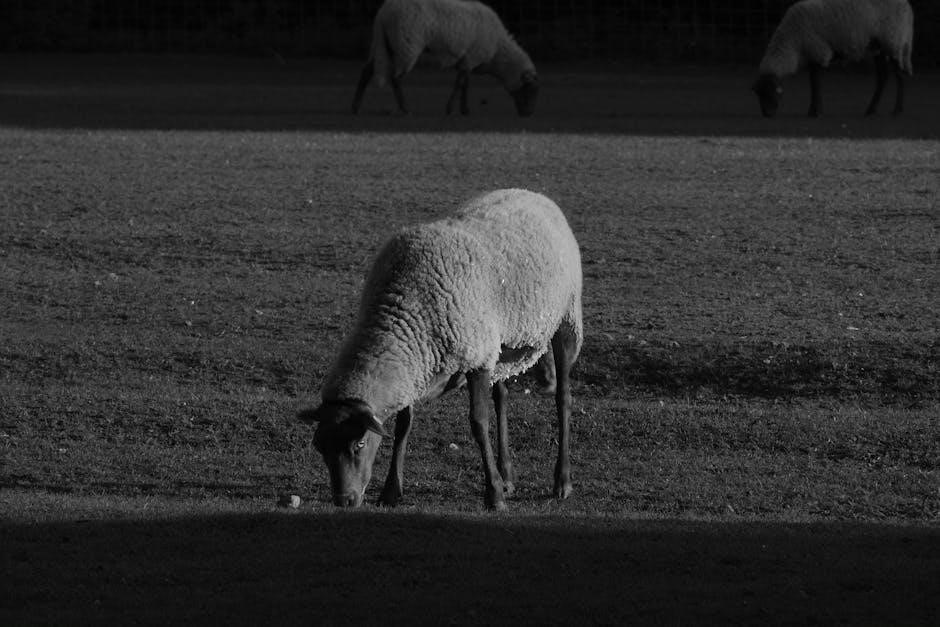
6.1 Study Guides and Analysis
Study guides and analyses of In Flanders Fields provide in-depth exploration of the poem’s themes, historical context, and literary devices. These resources are designed to aid students and educators in understanding the poem’s significance in WWI literature. Many guides include historical background on the Second Battle of Ypres and John McCrae’s experiences as a soldier and physician. They also delve into the symbolism of the poppy, the fallen soldiers, and the landscape, offering insights into the poem’s emotional and cultural impact. Additionally, these materials often feature discussion questions and activities to facilitate classroom engagement, making them invaluable tools for teaching and learning about this iconic poem.
6.2 PDF Versions and Online Availability
PDF versions of In Flanders Fields are widely available online, offering easy access to the poem for readers worldwide. Many educational websites and cultural archives provide free downloads of the poem, often accompanied by annotations and historical context. These resources are particularly useful for students and educators seeking to analyze the poem’s themes, structure, and significance. Additionally, some PDF versions include study guides or critical analyses, enhancing the reader’s understanding of McCrae’s work. The poem’s availability in digital formats ensures its legacy endures, making it accessible to new generations interested in World War I literature and remembrance.
In Flanders Fields remains a powerful and enduring tribute to the sacrifices of World War I. Its vivid imagery and emotional depth continue to resonate, making it a cornerstone of war literature. The poem’s accessibility in PDF formats ensures its message of remembrance and honor reaches global audiences. As a cultural icon, it inspires reflection on the cost of conflict and the importance of commemorating the fallen. Its legacy endures, bridging generations and fostering understanding of history’s impact on humanity. The poem’s timeless relevance underscores its significance in both literary and historical contexts, ensuring its continued study and appreciation.